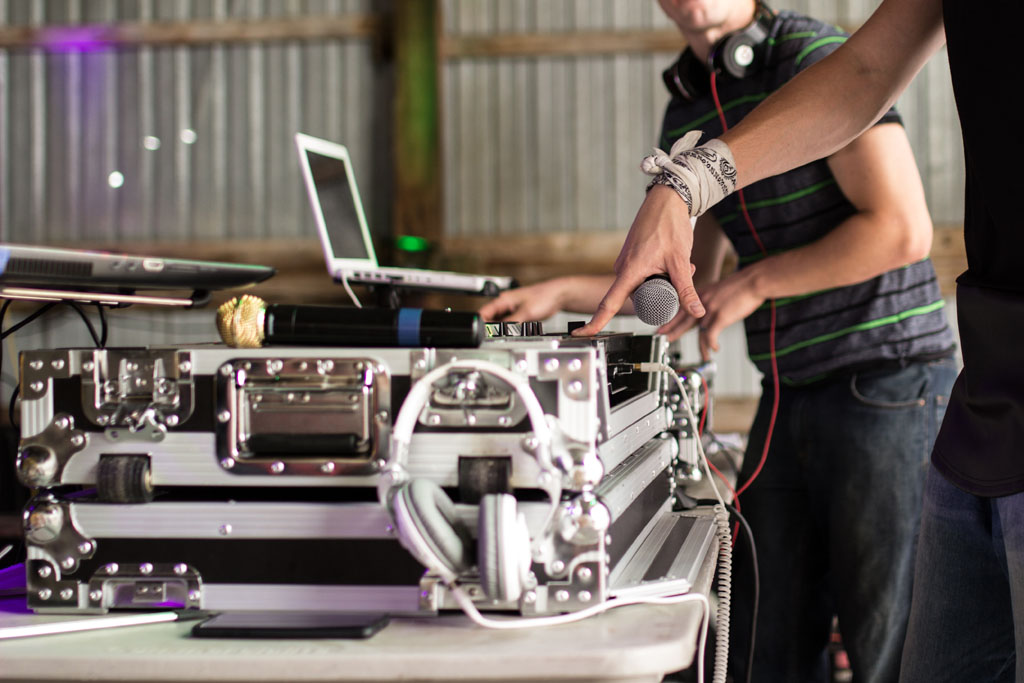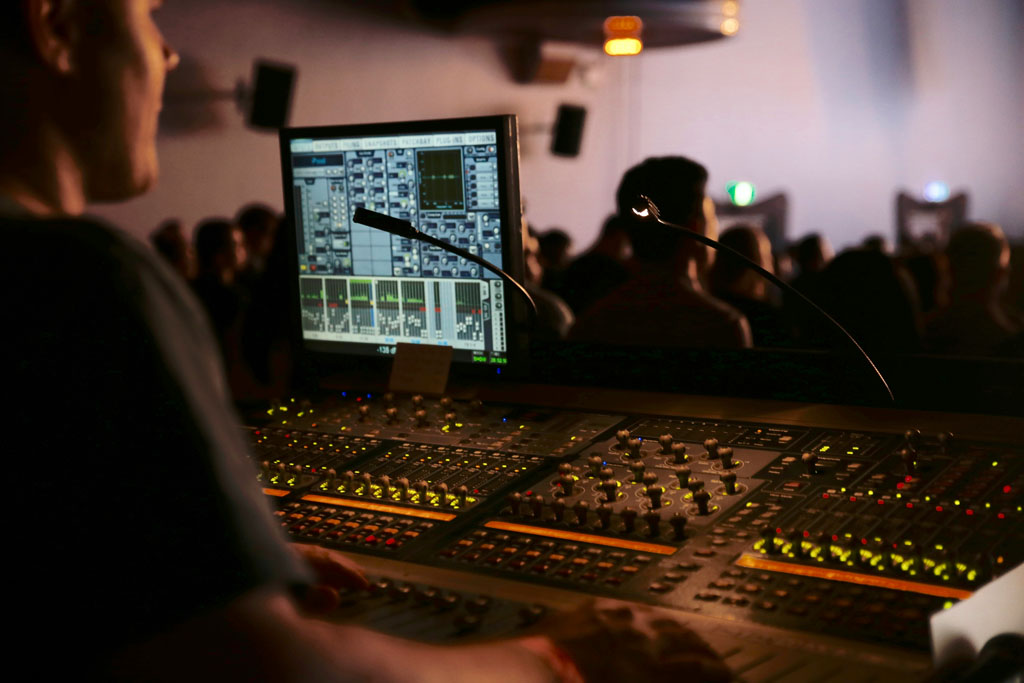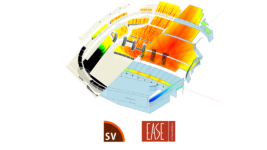TECH TALK
19 Dec 2023
Renting Out The Rig

Subscribe to CX E-News
Considerations when buying equipment to hire out
Returns
How much can you reasonably expect to charge for your equipment?
A rule of thumb that has been floated in the past for a ball-park hiring price is to take the purchase price and divide it by 41. $100,000 divided by 41 gives us a starting price of about $2,400. It sounds great, but is it realistic? It may sound like a bit of a cop out, but it all really does depend on the individual situation. Experience tells me this rule does not seem to apply to higher priced items, and gear that is brought in by someone and charged as extra typically does not exceed a standard day rate for an operator. Although not always the case, generally your equipment will be cheaper than you.
It is likely that you have leveraged a friendship or a solid working relationship in order to be in a position to supply a bit of extra equipment. In an industry that can run on ‘mates rates’ and discounts, how much can you really charge?
To walk through an example, let’s assume the following. You spend $100,000 on equipment. You get a personal loan to pay off over seven years, which is $360 per week. You charge out your equipment for $300 per day, it gets used twice per week, 52 weeks of the year. For the sake of simplicity, we will keep deductions off the table, but we will include $1,000 per year in maintenance and $50 per week in insurance.
$600 per week for 52 weeks is $31,200
$50 per week for 52 weeks is $2,600
$360 per week for 52 weeks is $18,720
$1,000 per year in maintenance
In this example, you will make $31,200 in income with $22,320 in outgoings.
Your net position is + $8,880 or $170 per week.
For this example, you are looking at just under a 9% return. This number will likely increase once you factor in what you can write off.
To scale it back: it would be like putting up $1,000 for a return of $1.70 per week. What kind of return would you be happy with? At the time of writing, the current yield on a government treasury bond is about 5%. This is often considered to be the safest risk-free return on your money you can get. With the amount of risk you are taking on buying equipment to rent out you would want to clear this hurdle quite comfortably. For comparison, $1,000 invested in a government bond paying 5% would still get you $0.96 per week.
You can play around with the figures (and you should) to get to something that seems more acceptable given the risk (and work) you will be taking on. For example, if you were to double what you charged or rent the gear out four days instead of two, you would be left with $40,040 per year or an extra $770 per week. You have gone from about a 9% return to a 40% return. The reason it has gone up more than double is because the costs are mostly fixed. Obviously it makes sense to have your equipment out there as often as possible and to be charging as much as you can. It helps to know your market so you know what is realistic.


Extra Considerations
You need to make sure that you are setting up and maintaining an agreement that is mutually beneficial for both yourself and the venue/ production house you intend to hire your equipment to. You need to be able to see it through their eyes too. Chances are they need to be able to see a way to make or save money.
Taking on a venture such as this one is going to involve risk. You can’t avoid risk, but you can manage it. A good way to manage the risk is to ensure there is a market for what you intend to provide. If you had an agreement with a company/venue to supply something that helps.
Another good way to mitigate risk is to consult with an accountant or similar specialist who may be able to provide you with a few useful insights that could save you thousands.
The technological risk of becoming outdated is very real in our industry. Don’t buy equipment with a 10 year horizon when it will likely be obsolete in five years’ time.
Will you be setting up, packing up the gear and operating it, or will it be a dry hire? Even though most people are respectful and will act with pure intentions, nobody cares about your stuff more than you. The dry hire could get your equipment used more but could also shorten the lifespan it has.
It is typically a good idea to have insurance in case anything breaks or goes wrong. It can be a small price to pay upfront to save a massive headache later on.
Transport storage and maintenance needs to be considered. How will all of these be handled and who will be doing it? Will it be covered by your or will you be outsourcing (and paying) someone else to do it for you?
It is very important to have an exit strategy in place too. It won’t last forever and how you exit can be crucial to the success of your venture. Do you look to sell it to the company you were hiring it to? Do you sell it second hand to someone else and go buy a newer and better version? Do you donate it to a school or an amateur theatre company and write it off as a donation?
Just running it into the ground is an exit strategy, but perhaps not the best one. At some stage repairs will be more frequent, the equipment would become less reliable, and you may be in a position where you are having to cancel work because of it.
The most important thing is to do your research and due diligence, regardless of how you are funding your venture. Cover your downside and your risk as much as possible. It is very possible to do very well running a side business hiring out equipment. The important work starts long before you make your first purchase.
Subscribe
Published monthly since 1991, our famous AV industry magazine is free for download or pay for print. Subscribers also receive CX News, our free weekly email with the latest industry news and jobs.






